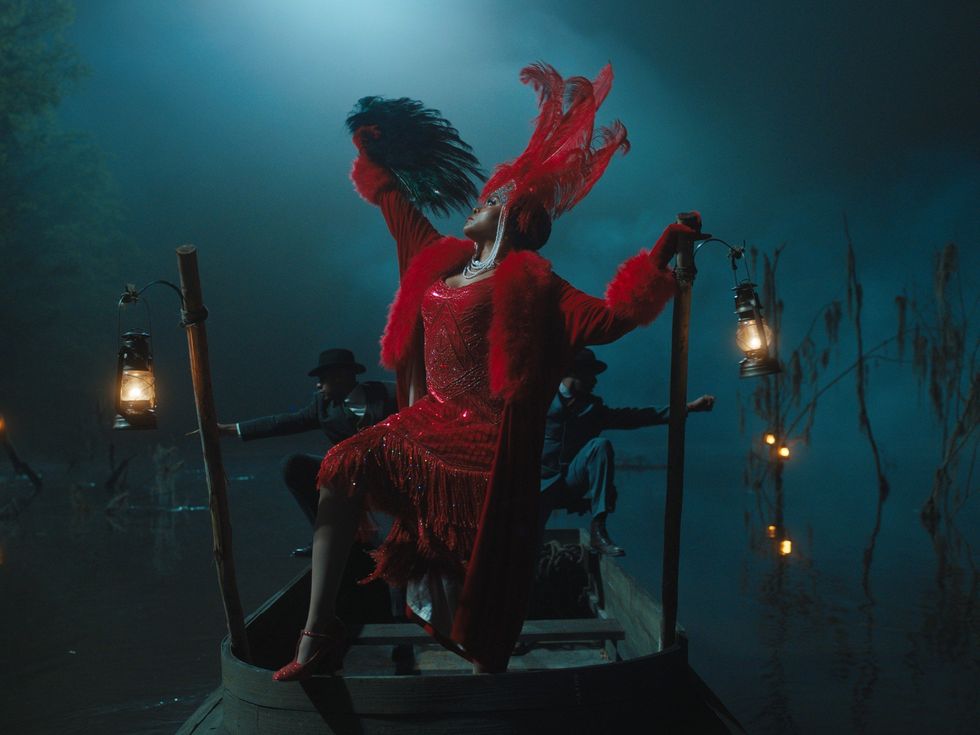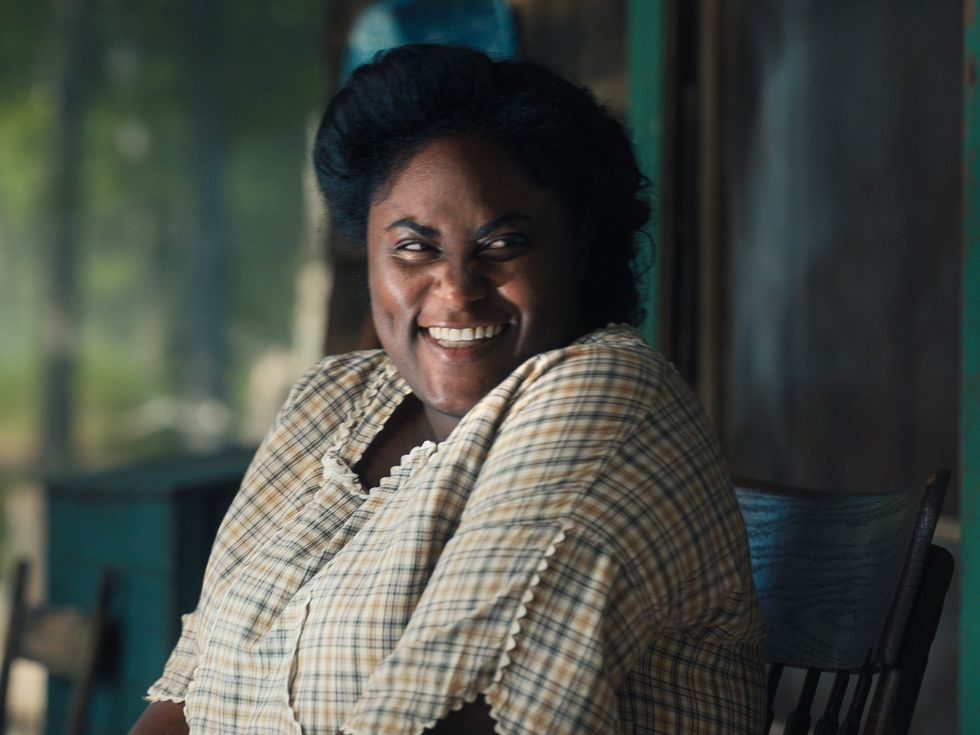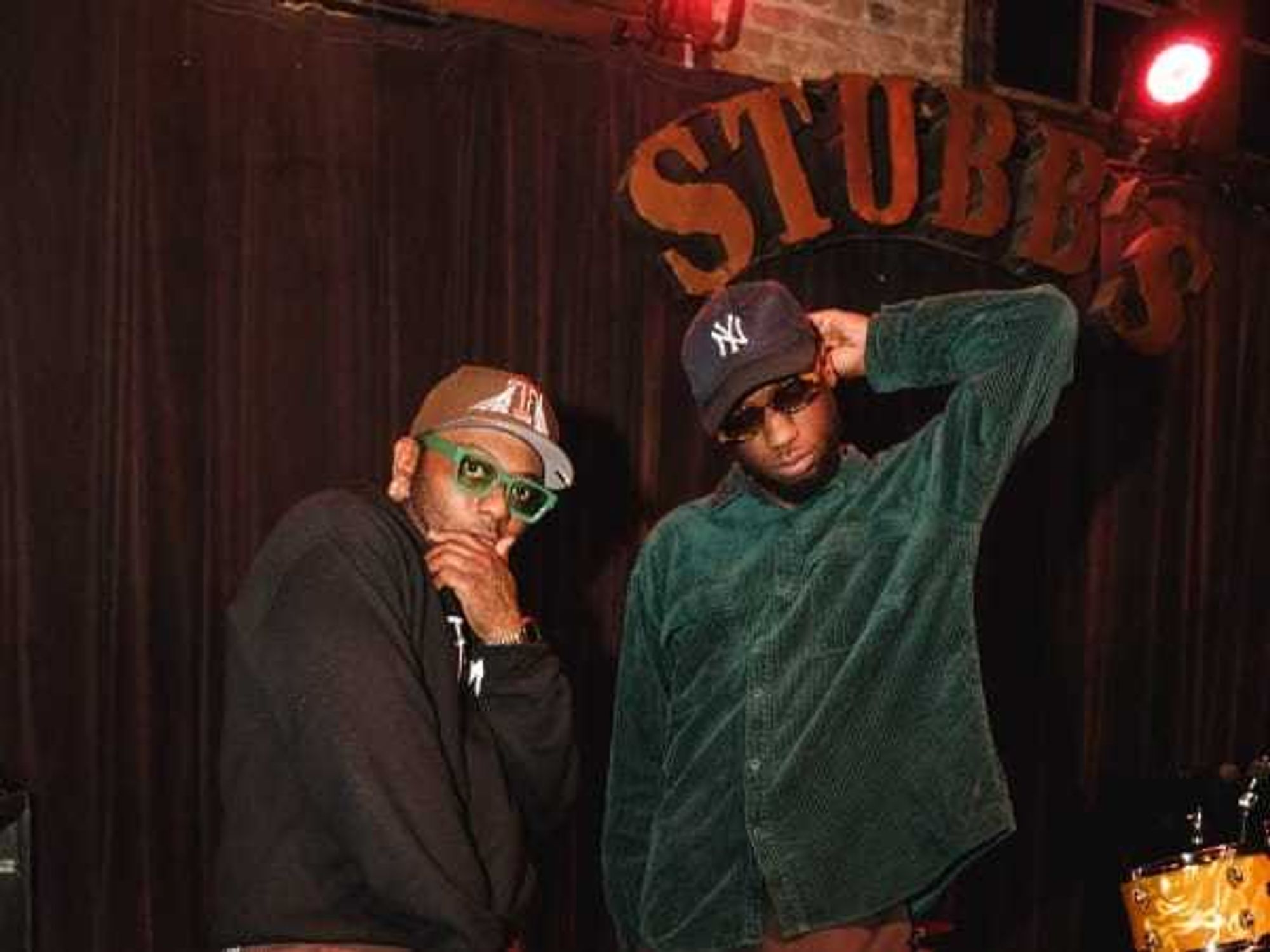Movie Review
The Color Purple proves ageless in big-screen musical extravaganza
Of all the celebrated properties out there, The Color Purple might go down in history as the one with the most accolades. Alice Walker’s 1982 novel received the Pulitzer Prize for Fiction, and three years later, it was adapted into a Steven Spielberg film, which garnered 11 Oscar nominations (but no wins).
Twenty years later, it was made into a Broadway musical, which got 11 Tony nominations, with one win for Best Actress for LaChanze. A 2015 revival won Best Revival of a Musical and Best Actress for Cynthia Erivo, which is saying something in the year where Hamilton won almost everything else.
Now, that musical has been turned into a big screen extravaganza that, if there is any justice, will also get many award nominations and wins. (Spielberg and Oprah Winfrey — who starred in the 1985 film — serve as two of the producers for this film.)
A story spanning more than four decades in the early-to-mid 1900s, it mainly follows Celie, who as a young teenager (Phylicia Pearl Mpasi) is abused by her father, Alfonso (Deon Cole), and Mister (Colman Domingo), a man she is forced to marry. She is separated from her sister Nettie (Halle Bailey) soon thereafter, not knowing if she is alive or dead.
As the years pass, the adult Celie (Fantasia Barrino) becomes meek under the thumb of Mister, only to have her senses awakened by two brash women: Sofia (Danielle Brooks), who takes no guff from anyone, including her husband, Harpo (Corey Hawkins); and Shug Avery (Taraji P. Henson), a singer with whom Mister has had an on-and-off affair for years. Inspired by their boldness, Celie slowly emerges out of her shell, hoping to make a life of her own someday.
Directed by Blitz Bazawule and written by Marcus Gardley, the film is a spectacular feast for the senses from minute one. Instead of being shot on a soundstage, much of the movie was filmed outside in Georgia, which gives the story an authentic feel. This is especially noticeable during the many musical numbers, which use the natural elements in fantastic ways and enhance the feel of the story, which takes place mostly in rural locations.
The songs themselves - by Brenda Russell, Allee Willis, and Stephen Bray - range from barnburners, epitomized by the soul-stirring “Hell No!,” to tearjerkers like the title song, and everything in between. Although it’s not a sung-through musical (meaning one without any dialogue outside of songs), Bazawule and his team pace the film in such a way that the songs and non-music scenes flow together extremely well.
The story remains as resonant today as it was 40 years ago, as every injustice the women of the film endure at the hands of overbearing men hits home hard. But instead of a depressing slog through a life without much hope, the bonds that the women share shine a light through the darkness. And the songs allow them to express themselves in a way that their current reality may not, lending the music even more significance.
Barrino is mostly known for her music career, although she is reprising the role she played in two different productions of the musical. She puts in a mind-blowing performance, playing Celie’s range of ages with ease, imbuing the part with great emotion, and, of course, giving a master class in singing. Everyone else in the film is up to her level, with Brooks and Henson especially deserving of awards attention as well.
This year is not hurting for Oscar-quality films to fill up the ballot, but The Color Purple immediately shoots to near the top of those in consideration. The fact that another iteration of a well-known story can deliver the goods just as much as the original book demonstrates the power of Walker’s story, and of everyone involved in the film.
---
The Color Purple opens in theaters on Christmas Day.



